As part of this investment framework, Hungary could become the region’s transportation hub in the next decade. According to the document, new motorways, expressways, railway lines, Danube bridges and airport developments will be built.

The flagship road project will be the new M100 expressway south of Budapest, which will include two new Danube bridges. Other key projects include the extension of the M60 motorway from Pecs to the Croatian border and to Bacsbokod, the M9 section between Szekszard and Szeged, and the expansion of major international and regional highways to four lanes.
With upgrades to the M0 ring road and the M10, Budapest’s transport system will reach a new level.
The capital and its surroundings will receive special attention: the construction of the Galvani Bridge, continuation of the Southern Railway Ring, and the complete renovation of HEV suburban railway lines mark long-awaited progress. The goal is faster, more comfortable and more environmentally friendly public transport in Budapest.
The government also highlighted its aim to bring Hungary’s railway network up to modern European standards. Renovations are planned for lines such as Hatvan–Fuzesabony, Szeged–Bsekecsaba, and Szeged–Kiskunfelegyhaza
—all critical for Hungarian industry, as well as international freight traffic.
The program also includes the renewal of major city train stations and the construction of five new Danube bridges—in Mohacs, Esztergom, Vac and Budapest—further connecting the country’s regions.
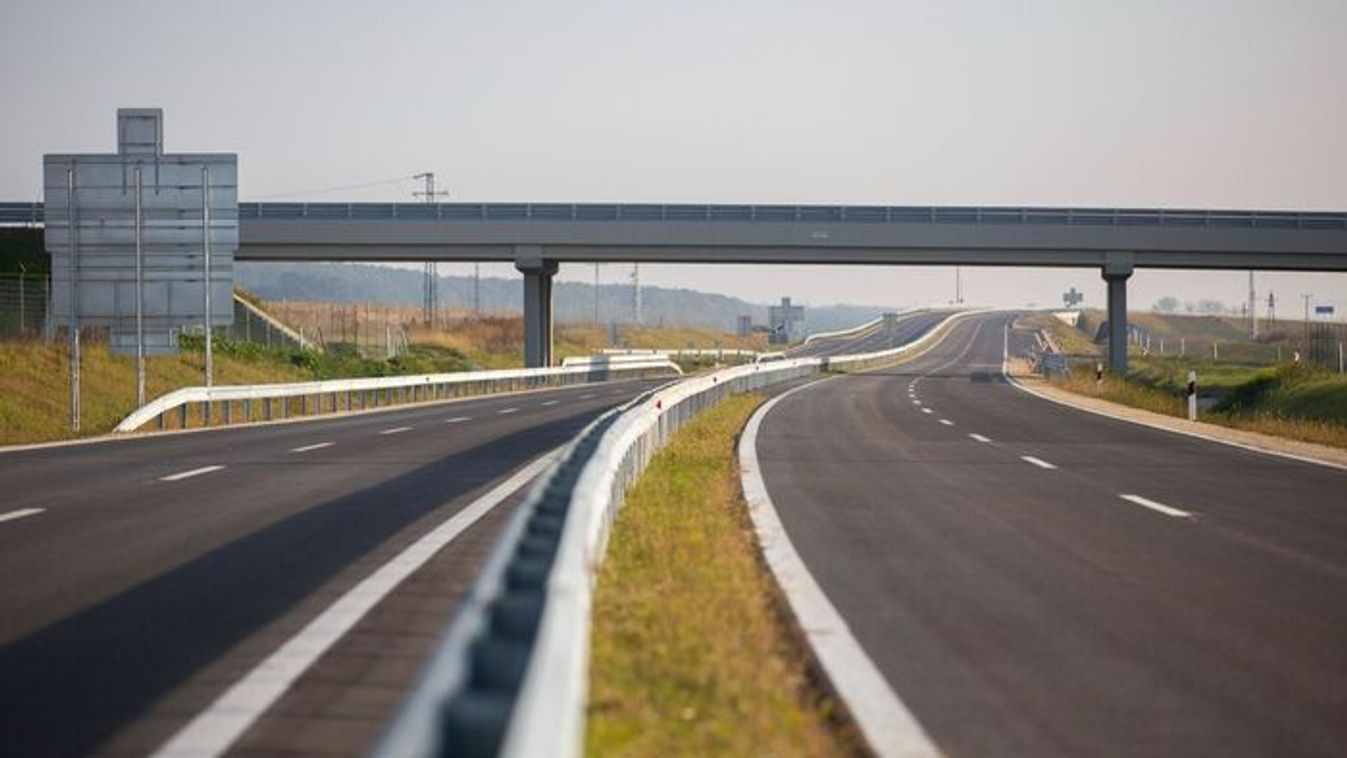






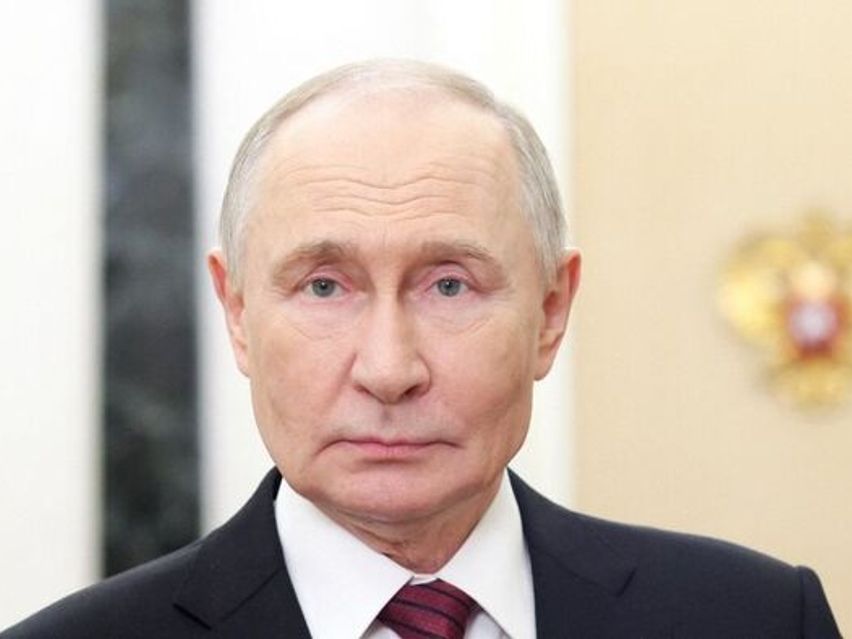
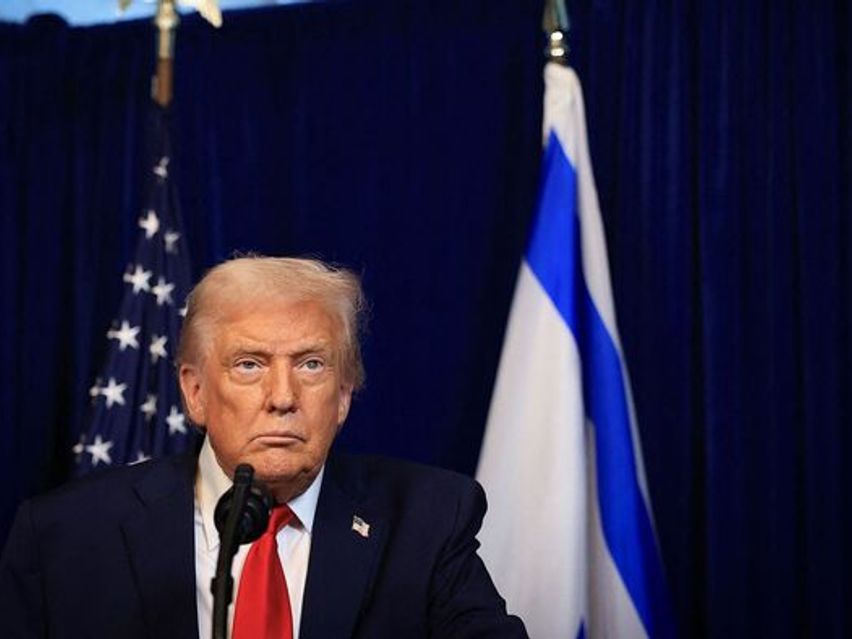



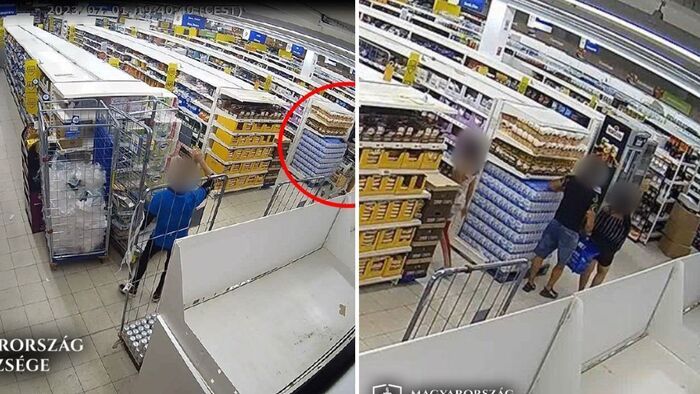

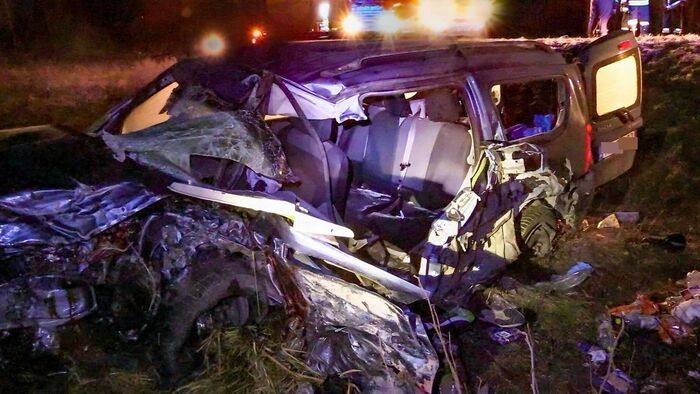






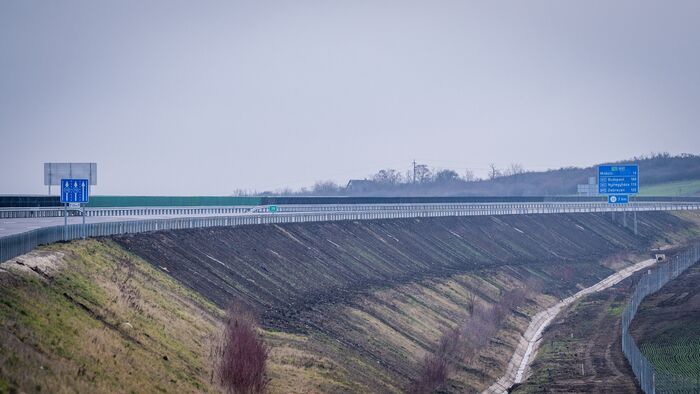

Szóljon hozzá!
Jelenleg csak a hozzászólások egy kis részét látja. Hozzászóláshoz és a további kommentek megtekintéséhez lépjen be, vagy regisztráljon!